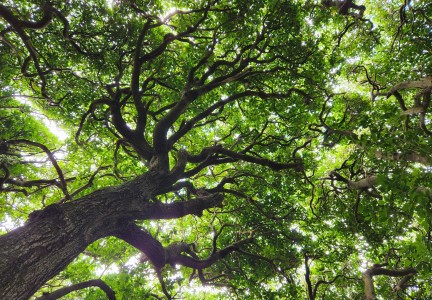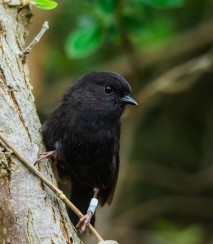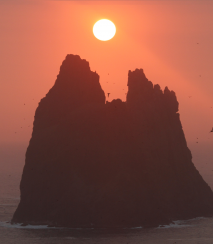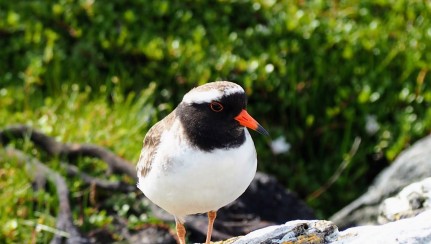
Conservation on the Chathams
These islands are part of the story of nature and wonder on our planet, of science, and exploration. They're part of the developing story of international conservation success. They're also part of who we are.
Everything in our ecosystem is interconnected, having evolved in isolation over millions of years to coexist. The more complete the system, the more it thrives. But the more pieces that get removed, the more likely the whole system is to collapse. That’s a system that everything on the islands ultimately depends on, including humans.
A natural biography of the Chatham Islands
The Chatham Islands lie in the South Pacific Ocean. They’re an archipelago of 11 islands and a number of rocky outcrops about 800kms east from mainland Aotearoa New Zealand. Rich oceans, fertile soil, and geographical isolation have allowed for some incredible and unique biodiversity to evolve.
Two of the islands, Wharekauri/Rēkohu (the largest) and Pitt Island, are populated. There are also two predator free nature reserve islands, Mangere/Maung ‘Re and Rangatira/Hokorereoro.
These islands evolved for millions of years in isolation, creating ecosystems that fit perfectly together to sustain life. But when pieces start to go missing, it impacts natural systems and other species.
The arrival of humans, and the plants and animals they brought with them, posed huge challenges for native ecosystems. Habitat loss and introduced pests have led to the degradation, and in some cases loss, of the islands’ natural gifts. Predators, like possums, rats and feral cats, have had a major impact. The species on the Chathams simply haven’t evolved to cope with them.
Many Chatham Islands species are endemic, which means they’re only found on these islands. Some of these species are world-famous, like the black robin and the taiko. Others may have been found in mainland New Zealand previously, but habitat loss and predation has pushed them right back to these remote islands, like the tuturuatu/tchuriwat’/shore plover. In the same way, many of our unique plant species are now endangered or threatened.
Read more about Chatham species
Expanding habitat restoration and predator control
Thankfully, we have a community that takes pride in its nature and has been involved in restoration and conservation initiatives for years. For islanders, the wildlife and plants are linked to identity. People of Moriori and Māori descent, whose ancestors arrived here, also have particular cultural connections. For people who live here, lifestyle and economy are intrinsically tied to the long-term health of the islands.
The predator-free nature reserve islands, returned to nature from farmland, are a good demonstration of how native species can thrive without intervention from introduced species. Both Mangere/Maung'Re and Rangatira/Hokorereoro give us an idea of what the Chathams would have been like hundreds of years ago.
These islands are crucial, but they also have their limitations. The islands' size restricts how big populations can grow and the habitats don't represent all the habitats found on the islands. There's also a risk in having a main population of any species in just one place. If something goes wrong, like a natural disaster, disease, or a predator managing to make its way to the island, the results can be disastrous. While these islands are monitored and cared for very closely, it’s better to have several self-sustaining populations of any species.

Rangatira shrubland Image: DOC Eric Edwards
Finding areas on the main islands to carry out large-scale habitat restoration and predator control would create more places for taonga/mihike species to thrive. Species can be reintroduced to suitable habitat, supported by ongoing maintenance and predator and pest control. Increasing and protecting biodiversity is important for the processes that support all life. In turn, this helps to build resilience against the impacts of climate change.
Creating these places also means it's easier for everyone to experience the islands' native plants and animals. Imagine being able to see black robins or snipe in a nature reserve on Rēkohu/Wharekauri or Pitt - or even in your garden.
Support our work by sponsoring a trap or finding other ways to get involved.




